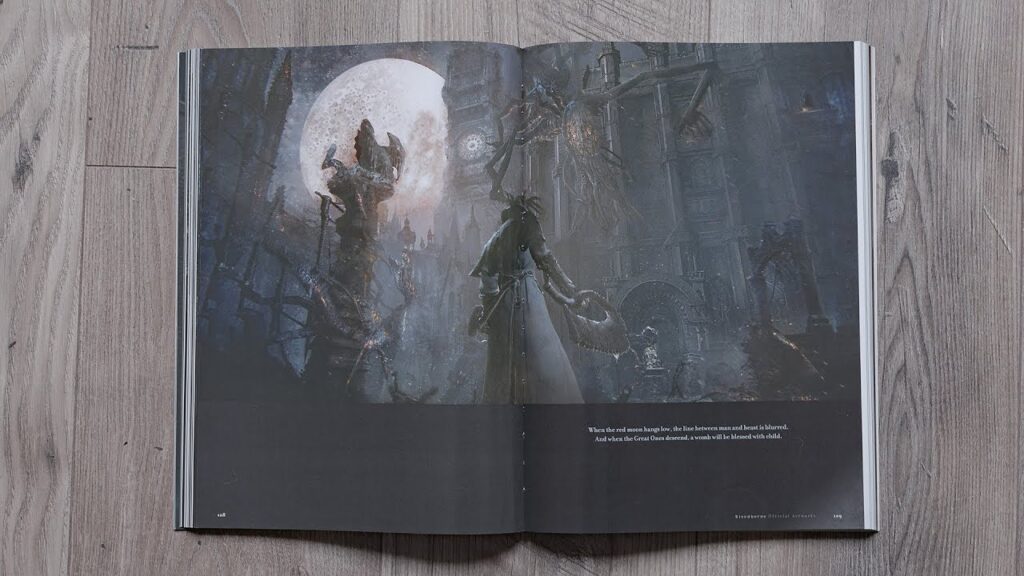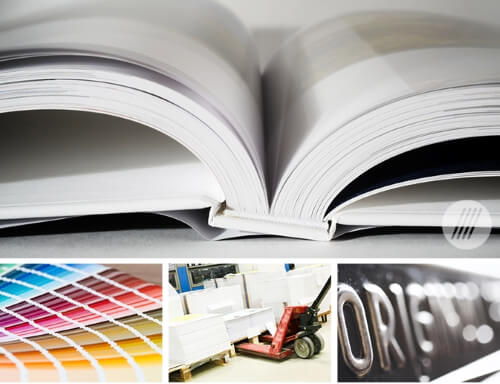Comprehending the Refine Behind High-Quality Art Book Printing for Art Enthusiasts
When it concerns top quality art book printing, comprehending the complexities of the procedure can raise your admiration for the final product. You could not realize exactly how essential paper selection and ink selections are to the vibrancy of artwork. Each aspect plays a considerable role in achieving the desired effect. As you discover the various components of art book printing, you'll uncover insights that could transform your perspective on art conservation and discussion.
The Value of Paper Choice in Art Book Printing
When it involves art book printing, the selection of paper can make or damage the end product. You desire your artwork to shine, and the appropriate paper enhances shade vibrancy and detail. Think about variables like weight, texture, and surface; these elements significantly affect just how viewers regard your job.
For example, a much heavier supply shares quality and longevity, while a distinctive surface can add deepness to pictures. Smooth paper is excellent for comprehensive recreations, enabling fine lines and refined tones to appear crisp.
Do not forget about the paper's brightness; a brighter sheet can help colors pop, making your art a lot more attractive. You'll also wish to think regarding exactly how the paper engages with inks and whether it can take care of the printing procedure without contorting or bleed-through. Inevitably, picking the ideal paper establishes the stage for your art, ensuring it catches the target market's interest equally as you visualized.
Choosing the Right Inks for Vibrant Reproductions
Picking the appropriate inks is simply as crucial as choosing quality paper to attain vivid recreations in your art book. When you're publishing artwork, you want shades that pop and accurately represent the initial piece. Select inks with a high pigment focus; these often tend to create richer and more saturated shades.
You might take into consideration using historical inks, which withstand fading over time, guaranteeing your art book stays as striking as the day it was printed. If you're functioning with photographs or digitally created art, pigment-based inks can give a broader color gamut, boosting information and deepness.
Don't forget the coating! Matte and glossy inks can significantly modify the appearance of your art work, so think regarding the appearance you're aiming to attain - art book. Ultimately, the ideal ink choice matches your paper option, creating a magnificent visual experience for your visitors
The Duty of Color Administration in Publish Quality
Color administration plays a crucial function in accomplishing high print top quality for your art book. It guarantees that the colors you see on your screen convert properly to the printed page. Without efficient shade management, your dynamic art work might show up dull or distorted, weakening your imaginative vision.
Next off, utilize color profiles tailored for your printer and paper type. These profiles guide the printer in duplicating shades precisely, decreasing discrepancies in between electronic and printed versions.
When you prepare your documents, take into consideration making use of a color space like Adobe RGB or CMYK, relying on your printer's specs. Always proof your work, too; a test print can disclose any kind of prospective color problems before the final run. By focusing on shade administration, you secure the stability of your art, guaranteeing your audience experiences it as you planned.

Recognizing Various Binding Techniques
Attaining the best try to find your art book goes past color monitoring; binding methods also play a substantial function in its total presentation and sturdiness. You have numerous choices to evaluate, each with its very own unique features.
If you're going for a specialist feel, instance binding provides a tough option with a difficult cover, perfect for showcasing your art work. On the other hand, ideal binding gives a versatile back while keeping expenses down, making it a preferred choice for softcover publications.
Spiral binding allows your art book to lay art book flat, which is excellent for displaying pictures without blockage. Meanwhile, saddle sewing is ideal for smaller sized booklets, providing a tidy finish without the bulk.
Eventually, the binding method you choose ought to show your artistic vision and how you desire readers to engage with your job. See to it to weigh these choices very carefully to attain the very best result for your job.
The Effect of Publish Dimension and Format on Presentation
While the selection of print dimension and format might appear secondary to content, they significantly influence exactly how your art work is viewed. The measurements of your prints can either boost or diminish the influence of your items. Larger prints can attract viewers in, allowing them to appreciate elaborate details, while smaller formats might call for even more intimate involvement.

Conservation Methods for Lasting Art Books
To ensure your art books stand the test of time, it's essential to carry out effective conservation methods. Usage acid-free storage space boxes or safety sleeves to secure them from dirt and physical damages.
When managing your publications, constantly clean your hands or put on cotton handwear covers to stay clear of oils and dust moving onto the pages. Stay clear of bending or wrinkling the spines; instead, use book sustains when displaying them.
For website added defense, think about purchasing archival-quality materials for any type of repair work or enhancements. Routinely inspect your collection for indications of wear or damage, attending to problems immediately. By adhering to these straightforward methods, you can assure your art books stay vivid and accessible for years to find, protecting their charm and value for future generations.
Teaming up With Printers for Optimum Outcomes
When you're all set to print your art book, picking the appropriate printer is important to achieving your vision. Clear communication about your assumptions and requirements will aid assure that both you and the printer are on the same page. Let's check out exactly how to make this cooperation as seamless and efficient as possible.
Selecting the Right Printer

Efficient Interaction Strategies
Efficient interaction is important for turning your art book vision right into reality, especially when working together with printers. art book. Beginning by clearly describing your job's objectives, including design aspects, recommended products, and any particular printing methods. Do not wait to share your inspirations and recommendations; this assists the printer recognize your visual
Establish regular check-ins to talk about development and attend to any kind of inquiries. Usage visuals, like mock-ups or samples, to convey your ideas better. Be open to feedback, as printers usually have valuable insights that can enhance your project. Finally, maintain a positive relationship by being respectful and appreciative of their knowledge. This partnership will certainly assure that your art book fulfills your assumptions and radiates in its final form.
Frequently Asked Inquiries
What Prevail Errors to Prevent in Art Book Printing?
When printing your art book, stay clear of common errors like inadequate resolution images, inaccurate shade accounts, and overlooking web page format. Do not neglect to check and confirm details to verify your end product satisfies your assumptions.
Just How Does Digital Printing Differ From Standard Printing Methods?
Digital printing uses digital files to create prints directly, permitting for quicker turnaround and personalization. On the other hand, standard approaches entail physical plates, which can be time-consuming and less adaptable for little runs or unique layouts.
What Is the Common Turn-around Time for Art Book Printing?
The common turn-around time for art book printing varies, yet you can expect it to take anywhere from a couple of weeks to several months. Aspects like complexity, amount, and printing method all influence this timeline.
Can I Publish a Limited Version Art Book Financially?
You can print a restricted edition art book economically by selecting cost-efficient materials, enhancing print runs, and utilizing digital printing click here alternatives. Careful planning and budgeting will certainly help you attain high quality without spending beyond your means.
What Are the Environmental Factors To Consider in Art Book Printing?
When considering art book printing, you must think of green materials, sustainable inks, and energy-efficient procedures (art book). Picking local printers can also minimize your carbon impact, making your project both lovely and ecologically liable